Increased Net Depth
WHAT IS INCREASED NET DEPTH?
Similar to the way in which increasing sink rates of lines – by using line weighting or safe leads, for example – ensures that gear is beyond the diving range of seabirds or seabirds, increased net depth can place nets out of the range of diving seals, thus reducing the risk of entanglement. Altering net depth has also been shown to reduce cetacean bycatch, in the case of a drift gillnet fishery in the Indian ocean.
CURRENT USE & RESEARCH
A study by Cosgrove et al. (2013) on seal depredation in Irish set net fisheries suggested that net depth could influence the rate of seal depredation – and therefore bycatch and entanglement. Depredation was higher in pollack nets (set at a depth of 78 ± 44 m) than in the deeper hake nets (set at a depth of 152.04 ± 24.51 m). The depth of the hake nets exceeded the average seal dive depth in the area; and it was suggested that depredation in the shallower pollack nets was higher, due to easier accessibility. In a separate study in Cape Cod, Massachusetts, seal depredation generally only occurred between 25 – 57m. Understanding the average diving depths of seals, and setting nets below these depths, could therefore be a technique to reduce entanglement and bycatch.
Increasing net depth has been shown to reduce seabird bycatch in a variety of cases. An analysis in 2022, which drew on time-depth recorder data collected by the RSPB on common guillemot, razorbill and European shag in the UK, suggests that restricting gillnets to below 50 m could be an effective bycatch mitigation method for these species. This finding is bolstered by a trial in the Icelandic lumpfish fishery which found that limiting net fishing to waters of more than 50m in depth could virtually eliminate bycatch of seabird species including common eider and black guillemot. Final results are also expected soon for the Cornwall Bycatch Project, run by the RSPB in collaboration with Cornwall IFCA between 2021 and 2023, which trialled several bycatch mitigation methods in the local gillnet fishery. Preliminary results from the project suggest that seabird bycatch could also be virtually eliminated in this fishery if nets were restricted to waters of depths of 40 m or more during the day, although potential impacts on target catch and on other wildlife remain to be fully explored (pers. comm.). The Icelandic lumpfish fishery found that deeper setting of nets had only a marginal effect on target fish catch. However, studies from Monterey Bay (USA) and the Japanese squid fishery in the North Pacific found that while deeper-set nets reduced seabird bycatch, target catch was also reduced.
For cetaceans, there is evidence from a collaboration between WWF-Pakistan and drift gillnet fishers in the northern Indian Ocean that moving surface gillnets to the subsurface (2 metres down) can substantially reduce bycatch without significantly affecting target catch rates. However, this trial was opportunistic and preliminary in nature, and further research is needed.
This page was last updated on 21.05.24.
Interested in how this and other measures could mitigate bycatch in your fishery? Get in touch with us to collaborate or take part in a study.


